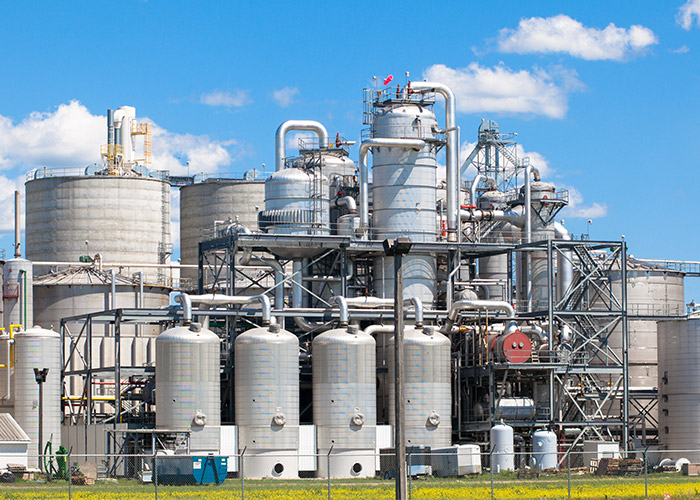Phased Design and Construction Helps Businesses Be Fast to Market
Being fast to market is often a key component of our clients’ business strategies.
Being fast to market is often a key component of our clients’ business strategies.

Being fast to market is often a key component of our clients’ business strategies. When this is the case, I’ve found that a traditional design process is often too slow to meet the needs of these business owners. That’s why over the past ten years we have worked closely with our clients to develop a phased design approach that helps owners meet their development goals faster.
Unlike traditional design methods, where a business’s process and facility designs are completed well before construction begins, our phased design concept allows clients to begin construction much earlier. Once a client has an initial process plan for a facility, we immediately perform site development tasks. This includes activities such as:
Throughout the project we assist the owner to ensure the selected site and its development follow pertinent regulations, codes and permitting.
I like to think of phased design as a “just in time” design process:
Each piece of the facility is completed just as the next is designed and ready to implement, shortening the cumulative design and construction time considerably.
This method is not without risks, but the potential benefits tend to outweigh the costs. Phased design requires the design firm to be heavily involved throughout construction, whereas their involvement in a traditional project is concluded earlier. Total design and construction costs may also be higher than traditional methods due to reoccurring costs incurred by multiple stages of design as well as by any unexpected design changes that need to be made due to shifts in the owner’s facility needs. However, these increased costs are usually offset by faster facility completion and being fast to market. For projects where speed is critical and capital is readily available, a phased design approach may be an owner’s best option.